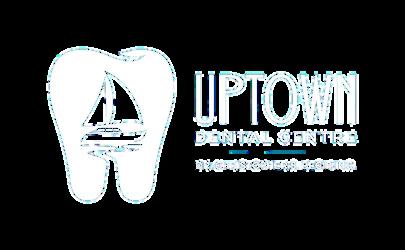
qathet region-based professionals share expertise, advice and tips on choosing the healthiest lifestyle options, achieving balance and living life to the fullest
PUBLISHER Kelly Keil


qathet region-based professionals share expertise, advice and tips on choosing the healthiest lifestyle options, achieving balance and living life to the fullest
PUBLISHER Kelly Keil
Making positive lifestyle choices has never been more crucial. Ranging from what we eat to how we spend our time, the choices we make on a daily basis shape our physical health, emotional well-be-
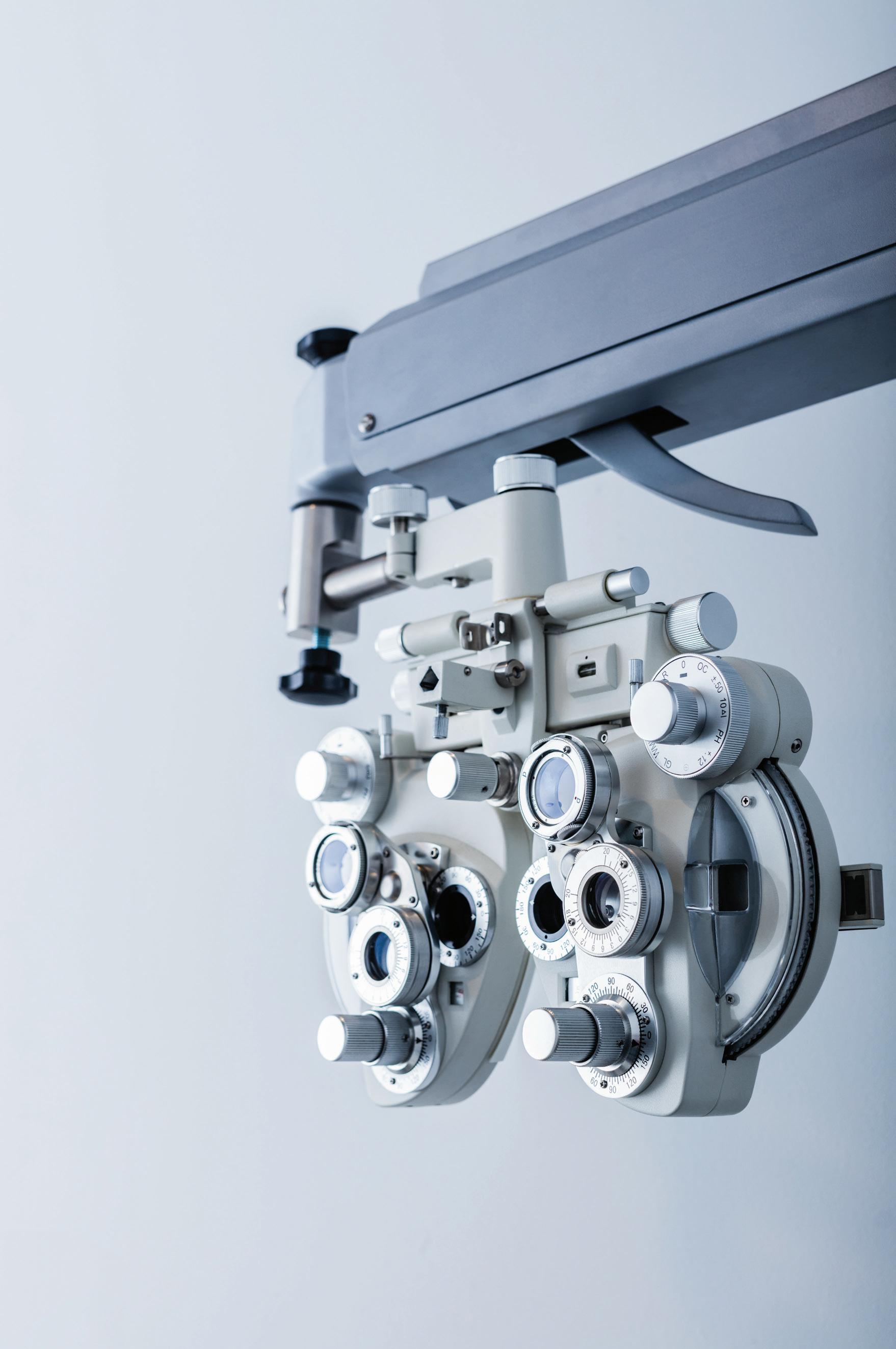
In a world full of distractions, processed foods and sedentary habits, choosing a path that nurtures wellness can seem difficult. These decisions determine the quality and longevity of our lives.
One of the most fundamental aspects of a healthy lifestyle is physical activity. Regular exercise improves cardiovascular health, strengthens muscles, boosts mental health and even enhances sleep. Whether it’s a morning walk, yoga session, or playing soccer in the backyard, moving our bodies consistently provides long-term rewards that outweigh the temporary discomfort of starting.
Nutrition is another cornerstone of a positive lifestyle. In a culture dominated by fast food and convenience meals, making the decision to eat whole, nutrient-rich foods is both a challenge and a necessity.
A balanced diet rich in fruits, vegetables, lean proteins and whole grains supports physical health and contributes to mental clarity and emotional stability. However, lifestyle is not defined by physical health alone. Mental and emotional wellness are equally critical. In a society where burnout is common and stress is normalized, developing healthy coping mechanisms is essential. This can include setting boundaries, practicing mindfulness or meditation, seeking therapy or ensuring enough rest.
Making positive lifestyle choices is not about perfection. It is about progress, consistency and self-compassion. Small, sustainable changes, such as drinking more water, limiting screen time or practicing gratitude, can have a significant impact over time. These shifts create a ripple effect, making it easier to incorporate additional healthy habits into our daily routines.
The power to shape our lives lies within our daily choices. By choosing wisely today, we will be healthier and more fulfilled tomorrow.

The complexities of human experience and emotion can present a daunting journey, particularly when we encounter unexpected twists or face unforeseen challenges.
Life is a tapestry woven with a diverse array of feelings and emotions, from the easily embraced joy of happiness to the more challenging depths of sadness. Additionally, trauma can be stored in our nervous systems and bodies, impacting us in various uncomfortable ways.
At times, we may find ourselves feeling overwhelmed by the complexities of our thoughts, emotions and experiences—both past and present—and even those yet to come. During these moments, seeking safety in connection and guidance can be essential in helping us navigate these turbulent waters.
Thankfully there are numerous therapeutic modalities available for support. I want to shine a light on a hidden gem: the wonderfully healing potential of art therapy.
therapeutic journey.
Engaging with creativity in a therapeutic setting encourages complete freedom and letting go. There’s no right or wrong way to express yourself or use the materials.
In this context, you are using the process to tune into oneself and do what feels right. This does not require any artistic skill and is for individuals of all ages.

When we open the door to our own expression, we make known our thoughts and feelings. Creative expression utilizes a range of art materials to convey thoughts, emotions and ideas. It also encourages exploration, playfulness, mindfulness, relaxation and somatic experiences, all of which contribute to self-discovery and personal development.
BY SARAH FITZGIBBON
Creative expression is the focus in art therapy; the emphasis is placed on the “process,” which serves as a valuable asset in the
Art therapy creates an environment for both verbal and nonverbal communication, stimulating both hemispheres of the brain to enhance cognitive and emotional processing. This approach enables individuals to express themselves in ways that may be challenging to convey through words alone.
Art therapy merges creative expression with psychological principles, facilitated by a trained therapist who incorporates psychological theories and counselling into the sessions. This approach can result in remarkable healing and profound journeys of introspection.
“It’s not that pain equals art, it’s that creativity has the power to look pain in the eye and turn it into something better.” ~ Source unknown
Sarah Fitzgibbon runs SunRae art therapy studio and was runner-up for new business of the year at Powell River Chamber of Commerce Business Awards. For more information, email sarah@ sunrae-studio.ca.

When you hear “strength training,” you might picture heavy weights and intense gym sessions, but strength training doesn’t have to be intense to be effective.
For women in their 40s, 50s, 60s and beyond, strength training isn’t optional, it’s essential. And it’s never too late to start.
Strength training is one of the most powerful ways for women to support their health through every stage of life. It’s not just

SunRae Studio offers art therapy for individuals of all ages, including parent-child sessions, therapeutic groups, and workshops.
“When words aren’t enough,” consider exploring art therapy!
www.sunrae-studio.ca • sarah@sunrae-studio.ca • 6820-B Alberni St.
about building muscle, it’s about feeling better, sleeping better and moving through your days with more energy and ease.
For women navigating perimenopause, menopause or simply looking to improve their overall well-being, strength training can make a huge difference. It’s not about lifting the heaviest weights or pushing yourself to exhaustion (unless you’re into that sort of thing). It’s about building a body that supports you through
Happily servicing our community with chiropractic and massage
Back and neck pain • TMJ/jaw disorders • Plantar fasciitis
Tennis elbow • Sprains and strains • Headaches/migraines
Runner’s knee • Carpal tunnel syndrome • Frozen shoulder and more
Open:
hormonal changes, aging, stress and everything else that comes your way.
As we age, our bodies naturally lose muscle and bone mass, especially during and after menopause. This can lead to joint pain, fatigue, reduced mobility and even increased risk of falls.
Strength training helps slow—and even reverse—this process. It builds lean muscle, supports bone density and helps with balance and posture. But the benefits go far beyond the physical.
Women who strength train regularly often report fewer menopause symptoms such as hot flashes and mood swings. It can boost your mood, reduce anxiety and improve sleep— something many women struggle with during hormonal changes.
Let’s be honest, feeling strong in your body changes everything. It builds confidence, independence and a deeper sense of resilience.
The best part? You can start small.

BY TERRI CRAMB
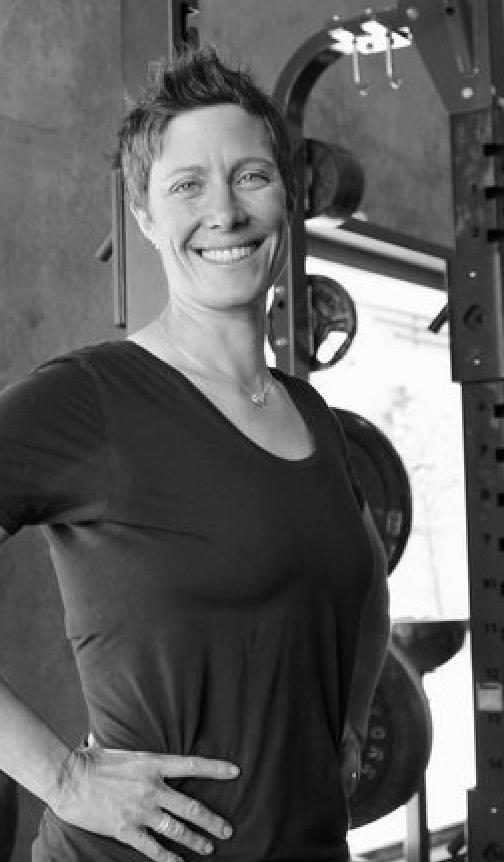

There’s a quiet power in showing up for yourself, even just twice a week. If the gym isn’t your thing, there are plenty of ways to get stronger outside, in the community or from the comfort of your own living room.
So, whether you’re preparing for the next chapter of life, managing midlife changes or just want to feel stronger and more energized, this is your time. Strength training isn’t about changing how you look. This is about taking care of your future self.
You’ll sleep better, move better, and, quite simply, feel better. If you’ve been waiting for a sign, let this be it.
Strength training is one of the best things you can do for your health, and there’s no better time to begin than right now.
is a personal trainer with 30 years of experience in health and wellness, and the manager at Anytime Fitness in Powell
You don’t need fancy equipment or long workouts. A couple of sessions a week using dumbbells, resistance bands or guided classes can set you on the right path. You don’t need to be fit to begin; you just need to start.

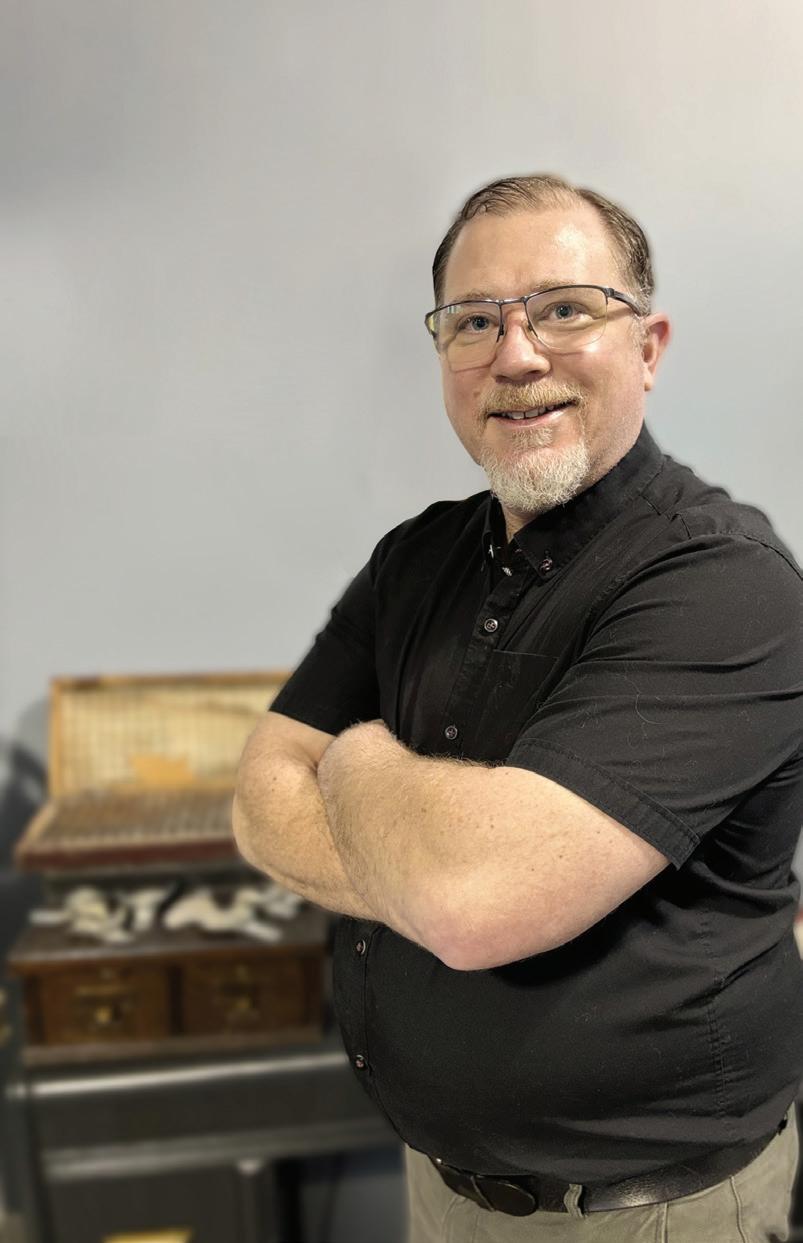


Chronic stress can feel like a never-ending alarm in your body. Maybe you notice tight shoulders, frequent headaches or trouble sleeping; these aren’t random annoyances, it’s your body trying to get your attention.
Symptoms are signals from the body to let us know there’s a problem. In other words, that nagging back tension or fatigue is like a “check engine” light. Masking the symptom with another cup of coffee or a painkiller might quiet the alarm for a while, but it doesn’t address why the alarm was going off in the first place. By listening to these signals instead of just pushing through, you’ve taken the first step toward true wellness.
One powerful way to address the root cause of chronic stress is through chiropractic care. It might surprise you, but chiropractic adjustments don’t just help your back, they influence how your brain and nervous system function.
Dr. Heidi Haavik, a chiropractor and neuroscientist, has spent years researching this brainbody connection. Her work shows that when a chiropractor adjusts your spine, it can lead to positive changes in the prefrontal cortex (the part of your brain responsible for things such as focus, mood and executive function). She even describes the prefrontal cortex as “the conductor” of your brain’s orchestra. When that conductor is in tune, the stress response in your body can finally start to mellow.
terns and nervous system responses. The group showed increases in brain activity linked to relaxation and focus, better sleep quality and even lower anxiety and fatigue levels after just four weeks. In simple terms, their brains shifted out of the frantic fight-or-flight mode into a more balanced state.
Other research documented that adjustments can boost heart rate variability (HRV), a key sign of nervous system balance, meaning your body is better able to switch from “panic mode” to “calm and collected mode” when facing stress. These scientific findings give credibility to what patients often report anecdotally: after an adjustment, they feel calmer, more centred and better able to handle whatever life throws at them.

BY DR. JEREMY
In a recent study, researchers found that people receiving regular chiropractic care had measurably healthier brain wave pat-

Chiropractic care aims to correct underlying imbalances rather than simply silencing symptoms. Think of that chronic stress again as a warning light; chiropractic is about fixing the wiring, not just unscrewing the bulb.
By gently realigning the spine and improving communication in your nervous system, a chiropractor helps your body get out of its own way and start healing. This approach is about resolving the cause, which in turn resolves the symptom.
Many people find that issues such as tension headaches or digestive upsets (common stress signals) fade away, not because we “chased” those symptoms, but because we improved the overall functioning of the system. It’s a holistic strategy: when your nervous system is tuned up and balanced, you simply don’t
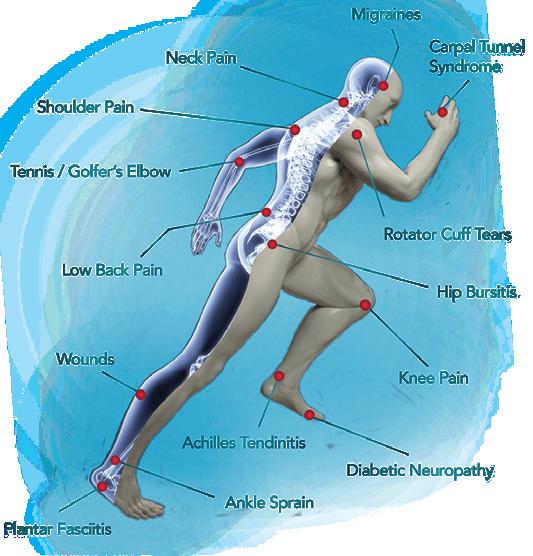
produce those distress signals as often. You’re addressing stress from the inside out, which is far more effective than a temporary band-aid.
Managing chronic stress isn’t about eliminating every stressor in your life. That’s impossible, and honestly, some stress is a normal part of being human. It’s about helping your body process stress in a healthy way.
Chiropractic care offers a warm, hands-on approach to do just that by tuning your nervous system so it can respond, adapt and recover optimally. When you combine regular adjustments with mindful movement, mental relaxation and good nutrition, you’re giving your body a comprehensive toolkit for wellness.
Over time, those stress “alarms” – the tight muscles, the fatigue, the frazzled feelings – dial down, because your body isn’t stuck in overdrive anymore. Instead of just putting out fires as they pop up, you’ve strengthened your fire prevention system.
In a friendly, down-to-earth way, chiropractic care reminds your body how to heal itself. The next time your stress symptoms start blaring, remember that it’s your body’s call for help, and there are caring, natural ways to answer that call, starting with the gentle touch of chiropractic and the message it sends to your brain: you are safe, you can heal.
Mental health is a critical aspect of living well. Over the past 20 years, thousands of Canadians from coast-to-coast-to-coast have journeyed to Sunshine Coast Health Centre (SCHC) for men and Georgia Strait Women’s Clinic (GSWC) to address their mental health needs. As a Peak reader, your struggles may not be as severe as what our clients experience, but better mental health is something we could all use. Here are a few suggestions.
#1 - Pursue a satisfying life, not a happy life
Living well is attainable if we choose pursuits that create a sense of satisfaction. Satisfaction results from living according to our values or achieving long-term goals that we care about. Our daily actions, even the mundane ones, reflect our values. For example, did you and


Dr. Jeremy Buhay is the owner of Marine Chiropractic and Wellness in Powell River. For information, go to marinechiropractic.ca.
SPONSORED CONTENT
your spouse take the dog for a walk today? If you did, you probably value relationships and physical health. Satisfaction is not the same as happiness. We can live according to our values regardless of how we feel, happy or otherwise. Letting emotions guide our actions is a mistake because they are random and unpredictable, like clouds. Values, on the other hand, are consistent and predictable, like a compass. Knowing that living well is a lifelong pursuit, which would you rather have guiding your daily actions?
#2 - Change how you relate to your feelings
Feelings like happiness are not only random and unpredictable, but also temporary. Unfortunately, we don’t usually act like feelings are temporary. We are often triggered by feelings to say and do things


we regret. While in treatment, our clients learn to change how they respond to their feelings and stay true to their values.
Over time, clients begin to see that all feelings soon pass and that there is often no need to do anything about them except to recognize and acknowledge them and accompanying physical sensations. Physical sensations can include, for example, tightness in the chest or throat when we are angry. Developing this skill — what psychologists call emotional selfregulation — takes time and may require the support of a counsellor to build.
For more information on emotional self-regulation, check out the evidence-based therapy called Dialectical Behaviour Therapy (DBT). DBT is one of our preferred treatment modalities because it is effective and works

for clients whenever overwhelming feelings cloud their judgment.
#3 - Start today
Living a satisfying life requires regular, consistent action. Our research has found that successful clients — those who report more satisfied lives and reduced negative mental health — made the most of each day in treatment. For these motivated clients, that meant attending programming even when they were still going through drug or alcohol withdrawal, after hearing terrible news from back home, or simply feeling overwhelmed. Being in crisis is often the catalyst for our clients to make significant life changes. But crisis or no crisis, there is no better day than today to start living a satisfying life.
Director of Strategic Development, Daniel Jordan



Everyone gets stuck sometimes. Thoughts, triggers and stressors can become overwhelming when swimming around in your head. Having a tool that helps organize and categorize these thoughts can be beneficial for creating a plan to move forward.
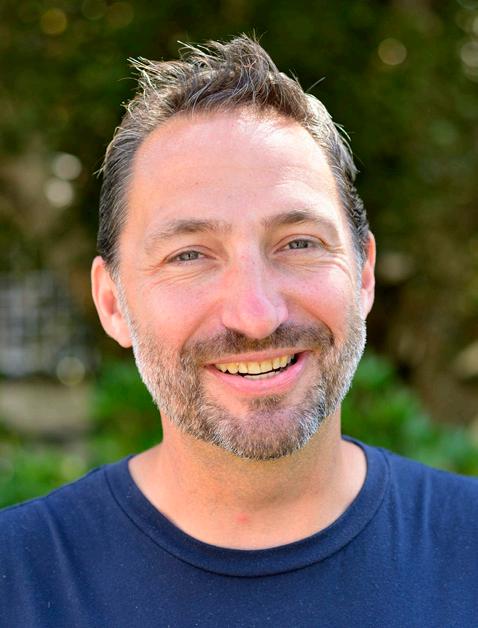
One method we have found very helpful and effective for supporting youth and families to manage little and big life stressors is creating a Collaborative Helping Map. In simple terms, it is a map that focuses on the direction you would like your life to take, or your vision for your life, by looking at what is getting in the way.
Challenges, obstacles, strengths and supports that help you move towards your vision are listed. This information is used to form a plan. The plan outlines what needs to happen next, who will do what, when and with whom.
The plan draws on strengths and sup-

ports so the person can start living out the vision they have for themselves and/ or their family.
The beauty of the Collaborative Helping Map is that it’s a tool anyone can use at anytime with the help of a counsellor or by themselves. The map has worked for so many because it is open-ended and solutions focused.
The entire map is a fluid tool and open to changes at any time. Sometimes it may take a few tries to find what works and that’s okay. There is no right or wrong way to do it.


Instead of focusing solely on problems and their causes, you can focus on the strengths and supports you have to move you in the direction you would like your life to take. Identifying what gets in the way is necessary, of course, but a focus on possibilities can help lift people out of the immediacy and chaos of their problems and provide a better foundation for responding to stressful challenges.
Problems are not ignored; they are looked at from a different angle. This makes for much more effective and less stressful work toward change.
Another amazing thing about this map is how it helps people to externalize problems in their life. The map helps us to think about problems in a way that views people as being in a relationship with a problem rather than having or being a problem.
So much stress is relieved when we stop looking at problems as part of our identity and instead as something we are in relationship with, and that the relationship is


changeable.
There is always life outside of problems and no problem has total control over a person’s life. Yes, there is history and context behind every problem, and yes, these issues can span generations having been passed down. However, the possibility for change is always there.
For more information on how to use this map to help support yourself and others, read Collaborative Helping Map: A Strengths Framework for Home-Based Services by William C. Madsen and Kevin Gillespie. Reach out to Youth & Family for a presentation on the Collaborative Helping Map, or come participate in the Family Support program for parents, or the Strength in Self program for youth ages 13 to 19.
We spend a couple months completing one of these maps together to help reduce stress around life’s challenges and make a
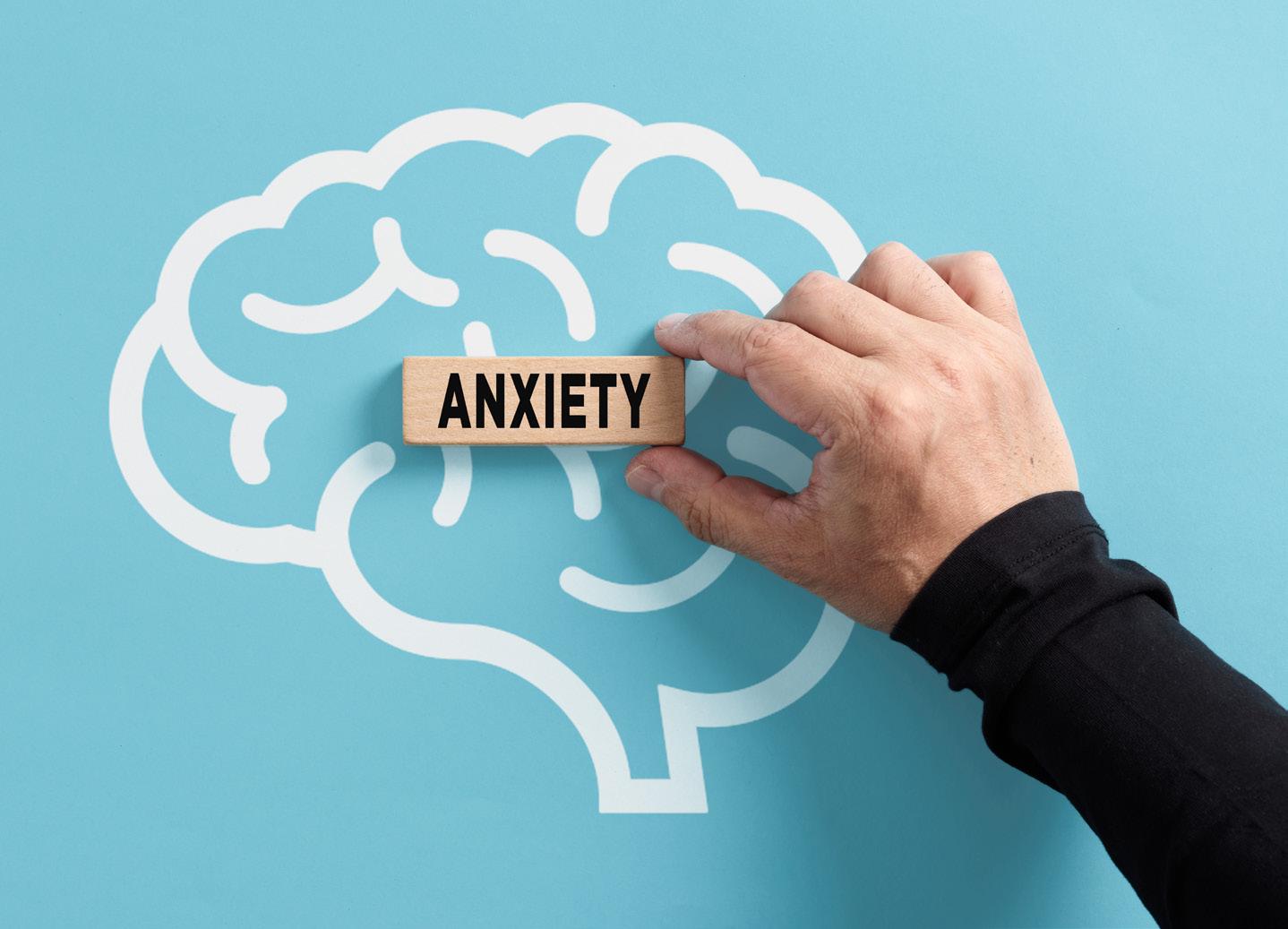
concrete plan that you create to address those challenges to live out the life you want.







Irritable Bowel Syndrome (IBS) is a common yet often misunderstood condition affecting the large intestine. It’s estimated that up to 15 per cent of people globally experience IBS symptoms, including bloating, gas, abdominal pain and irregular bowel habits (constipation, diarrhea, or both).
IBS is usually diagnosed based on symptoms such as those found in the Rome IV criteria, which focus on recurrent abdominal pain and changes in bowel habits over at least three months, highlighting the importance of symptom patterns in diagnosis.
Unlike Inflammatory Bowel Disease (IBD), which involves structural inflammation and damage to the bowel wall, IBS is considered a functional disorder, meaning symptoms arise from disruptions in how the gut functions, not from visible disease. That’s why ruling out IBD and other serious conditions is essential when diagnosing IBS.
Several factors play a key role in IBS development. These include gastrointestinal infections, early life stress or trauma, chronic low-grade intestinal inflammation and changes in the gut microbiome (the community of bacteria living in your digestive tract).
directly influence gut function, and vice versa. Supporting this axis and the vagus nerve through mind-body techniques like breath work, yoga and gut-directed hypnotherapy therapy can be transformative.
Stress reduction and cortisol support are important aspects. Simple techniques, such as three slow, deep, belly breaths before meals can make a real difference.

BY DR. SHAWN PETERS
Abnormal functioning of gut endocrine cells, which help regulate digestion and gut signaling, may also be involved. Many patients report symptom onset after a stressful event or a bout of food poisoning. Food poisoning can account for more than 50 per cent of IBS cases; a blood test can help determine the root cause.
The gut-brain axis, the two-way communication system between the brain and digestive tract, is important. The brain can
Identifying common IBS triggers and potential food sensitivities is also vital. A short-term elimination diet, best under professional supervision, can help isolate problematic foods. Common culprits may include dairy, gluten, sugar, fast foods, processed foods and high FODMAP foods.
Herbal and nutrient therapies can support digestion and intestinal healing. Consider peppermint oil for pain, mucilaginous herbs like slippery elm for gut lining support, and IBS specific probiotics to rebalance the microbiome. Nutrients like L-glutamine can also help restore gut integrity. L-glutamine may exacerbate anxiety, so take caution if anxiety is a challenge for you.
IV nutrient therapy can replenish nutrients that may be depleted in those with IBS, especially B-vitamins, magnesium and vitamin C. IBS and food avoidance can result in nutrient deficiencies.
Healing IBS requires a personalized, whole-body approach, but relief is absolutely possible.
Dr. Shawn Peters, ND, is a naturopathic doctor practicing in the qathet region. For more information, go to drshawnpeters.com or call 604.489.5919.

Small Intestinal Bacterial Overgrowth (SIBO) is a common but under-recognized cause of chronic gastrointestinal distress. It shares significant overlap with Irritable Bowel Syndrome (IBS), presenting symptoms such as poor appetite, nausea, bloating, diarrhea and constipation.
SIBO occurs when bacteria proliferate in the mostly sterile small intestine, disrupting digestion and nutrient absorption. Unlike the colon, the small intestine is a narrow, inelastic tube, and when fermentation occurs here, the resulting gas can cause

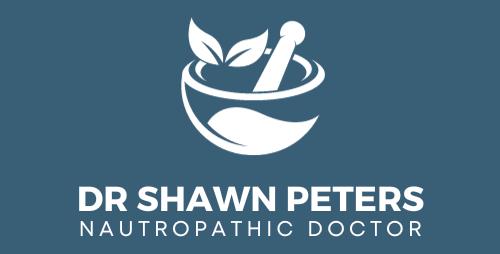
significant discomfort.
Beyond digestive symptoms, SIBO is associated with histamine intolerance, allergies, rosacea, fibromyalgia, chronic fatigue, and in women, hormonal imbalances including PMS, perimenopause, PCOS and endometriosis.
Bacteria in SIBO typically arise from two primary routes: downward migration from the stomach due to low gastric acid (hypochlorhydria), or retrograde migration from the colon via a weakened ileocecal valve. Many factors can suppress stomach acid—stress, overeating and poor food combinations—but one of the most common modern culprits is chronic use of proton pump inhibitors (PPIs). These drugs, often prescribed for reflux, impair digestion by reducing acid, disrupting motility, enzyme output and bile flow—setting off a cascade of overgrowth and inflammation. Other medications such as antibiotics, analgesics and antidepressants also play a role.
Another important but often overlooked trigger is food poisoning, in which bacterial toxins can trigger an autoimmune reaction that impairs the migrating motor complex (MMC)—the system of wave-like contractions that cleanses the small intestine between meals.
SIBO is typically diagnosed with hydrogen/methane breath testing and often treated with antibiotics. These may reduce symptoms in the short term, but recurrence is common if the underlying dysfunction isn’t addressed.
Some practitioners turn to herbal antimicrobials like berberine, but treatments focused solely on killing microbes risk disrupting microbial diversity and tend to suffer from the same recurrence
pattern. A truly holistic approach must address root causes and follow a structured, multi-phase protocol that may include:
Restore: Avoid cold, raw and dry foods. Emphasize warming, soupy meals and include digestive-stimulating herbs like ginger, black pepper and ajwain. Avoid overeating and keep heavy proteins separate from starches, and temporarily reduce fibre intake (i.e. low FODMAP diet). Support stomach and liver secretions with herbs like gentian, dandelion root and turmeric.
Clear: Use antimicrobial herbs—barberry, neem, black walnut hull—to inhibit bacterial overgrowth while preserving microbial balance.
Repair: Support gut healing with demulcent and vulnerary herbs such as calendula, licorice root and marshmallow root. Bone broth and nutrients like L-glutamine can also help restore the mucosal lining.
as Saccharomyces boulardii might be used for diarrhea symptoms. Live culture, fermented foods like pickles and sauerkraut, can also be used, but usually I recommend starting off with just small amounts of the brine.

BY TODD CALDECOTT
Reinoculate: Once symptoms subside, gradually introduce probiotic foods and supplements. Bifidobacterium strains are preferred for a constipation-dominant pattern, where-
Retrain: Regulate the nervous system to support digestive motility. Practices like breath work, meditation and vagal nerve stimulation can help shift the patient away from a fight or flight pattern. In some cases, using serotonin analogues such as psilocybin microdosing can help improve gut-brain signaling and resolve motility problems.
Recovery from SIBO is not simply about killing bacteria—it requires rebuilding the digestive system and promoting microbial balance. In some cases, fungal overgrowth (SIFO) coexists with SIBO, complicating the picture. This underscores the importance of personalized care that considers both microbial balance and the physiological mechanisms governing digestion.
Todd Caldecott is a medical herbalist and Ayurveda practitioner based in the qathet region. He can be reached by email at clinic@toddcaldecott.com and via instagram.com/toddcaldecott.






When I first decided to move to Powell River, I had visions of fresh starts, ocean breezes and change, of not feeling “stuck.”
A relationship change, career shift, feeling a need to shake things up and realizing midlife that changes are afoot is something we will all likely face and some have already faced. Suddenly, you’re wondering things like: Who am I now? What changes do I make and how do I do that? Should I just not rock


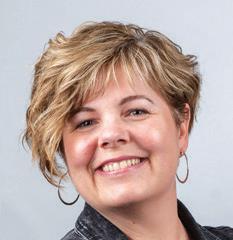
the boat, stay comfortable even if comfort may not be my path to a happy future? I thought I went through all this in my teen/ early adult years.
There are the obvious signs, evaluating local trails based on the frequency of nice seating benches, the creaky joints first thing in the morning, the endless search for the house keys, the list goes on, but midlife can bring about much more existential changes. Back in my old life, I knew who I was — or at least I thought I did. I had routines, familiar streets and people who knew my coffee order.
“Freedom is what you do with what’s been done to you.”
- Jean-Paul Sartre

I consider it an honour to work alongside people who are motivated for change and moving forward in life. You are not merely the result of past experiences, genetics or events. I seek to help you identify and address your needs, challenges and goals from a respectful and supportive role.
I have extensive experience & skills with PTSD among military/first responders, health care professionals, addictions, families and navigating insurance challenges. My previous experience in law enforcement and complex health challenges, including insurance issues, is unique and at your service.
We are made wise not by the recollection of our past, but by the responsibility for our future.”
- George Bernard Shaw
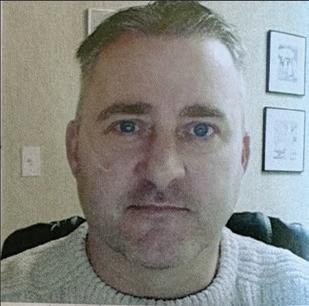
Here in Powell River, everything is new: the places, the faces, even the me who’s showing up to explore them.
Midlife has a funny way of stripping things down. It’s like the universe is handing you a blank map and saying, “good luck, buddy.”
We often don’t see or want to realize that our old maps are out of date, not guiding us on a path we want to continue travelling down. It’s terrifying. But once you sit with it (preferably at the beach, coffee in hand), you realize it’s not the end of your story, it’s just a wildly unexpected new chapter.
Moving here meant accepting that my old dreams needed a refresh. It’s not about “starting over” in some desperate way. It’s about starting differently, with a little more wisdom, a lot more humour and a firm understanding that it’s totally okay to be a beginner again.
no surprise that midlife is often accompanied by huge levels of stress. How can we give ourselves permission to not be afraid, to finally make decisions in a place of peace and opportunity?
As I settle into this new chapter, I’m learning that the best way to approach the next phase is with passion, a clear mind and a heart not governed by fear. Living fully in the here and now — not chasing perfection or certainty — is where the real magic happens.

BY ROB WYNEN
Often our decisions are rooted in fear: How will I find a partner? How am I going to pay the bills? Will I be a good parent…?
Our midlife is often approached from this perspective. It is
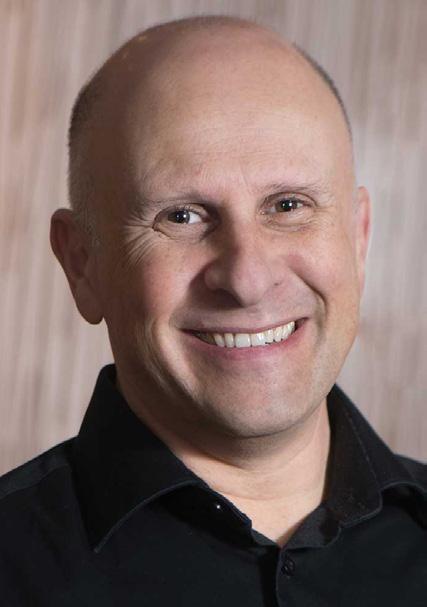

Mistakes aren’t failures; they’re the stepping stones that help point the way forward. In Powell River, surrounded by new faces, endless ocean and fresh possibilities, I’m finally giving myself permission to live boldly, stumble often and trust that every wrong turn is simply part of finding the right path. Besides, I hear midlife is when you finally get good at living — it’s time to put some of that accrued wisdom to use.
Rob Wynen recently moved from Bowen Island to Powell River to embrace a midlife reinvention. He counsels clients going through the wild adventure of starting over at Townsite Allied Health. For more information, email rob@townsitealliedhealth.ca.








Maintaining optimal health goes beyond addressing illness, it’s about preventing future ailments and ensuring your body functions at its best. Naturopathic doctors (NDs) are strong advocates for preventative medicine and well-positioned to support you at any stage of life, ensuring regular health checks are performed.
Given the strain on our current health-care system, it can be difficult to keep up and receive an annual check. Many people have extended health plans that cover private services such as naturopathic medicine. This can help relieve some of the burden
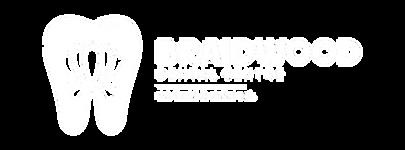
on our current health-care system by ensuring regular visits (at least annually) and encouraging a preventative approach.
In BC, NDs are licensed to provide primary health care and have a strong educational foundation: typically eight years of education, including a four-year undergraduate degree and four years of specialized naturopathic medicine training. Initial consultations are similar to those with a medical doctor, and also include a more detailed assessment of lifestyle factors such as diet, exercise and stress.


NDs prioritize addressing the root cause of disease. They educate patients about health risks, potential interactions between natural and pharmaceutical treatments, and encourage personal responsibility for health.
What should you expect during a health check?
A physical exam will be conducted in-office. NDs review past labs results and can order additional tests as needed. Annual labs can give us insight into many aspects of your health, including: immune system; cardiovascular; metabolic and blood sugar; kidney, liver and gallbladder function; nutrient levels; and inflammatory markers.
If there is a more specific health concern or a strong family history of a condition, additional labs may be suggested.
stress, energy, exercise, mood, what the person is eating, how foods make them feel and what their daily routine is. As part of a regular check, we can focus in on an area to improve when the stakes aren’t as high and the person is feeling well to do so.

Based on age, personal history and family his tory, screening tests such as mammograms, cer vical cancer screenings, colon cancer screenings and prostate cancer screenings may be recommended. What I enjoy about checking in with patients on an annual ba sis is being able to go over all aspects, including sleep, level of
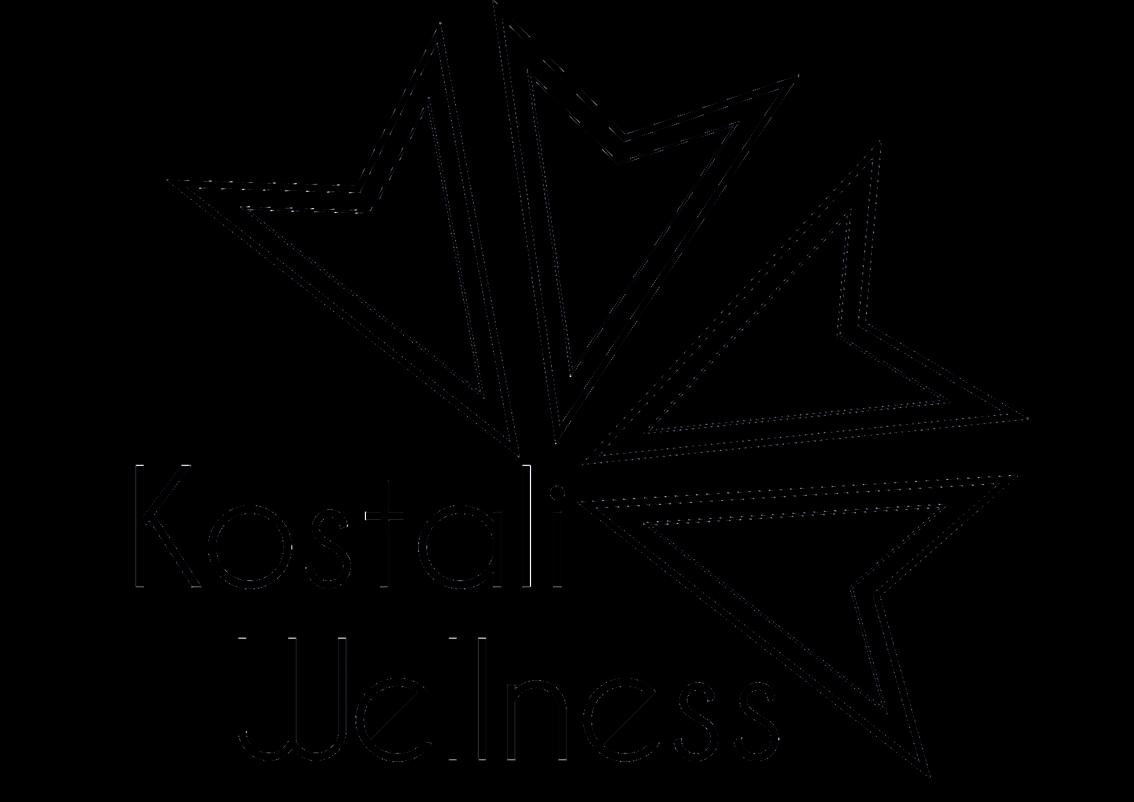
That’s preventative medicine, small changes over time. They are the key to overall health. My goal is to have the patient leave the appointment with an actionable plan they can put into place right away.
By visiting your ND annually, not only can you keep up to date on your routine screening and check in on labs, you can also do an inventory of these health markers and start to make changes before a more serious concern arises. Whether you are looking to optimize your health or manage a chronic condition, a naturopathic doctor can provide you with guidance and support to help you thrive.

Take a proactive step and schedule your annual health check; your health will thank you.
Dr. Lani Nykilchuk, ND, practices at Broadleaf Health Collective in qathet. For more information, go to broadleafhealthcollective.com.
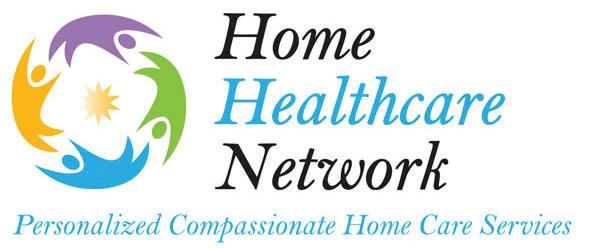

It’s about more than just a bright smile
It’s easy to overlook our teeth and gums when thinking about overall health, but oral health is a crucial part of our well-being.
In fact, the mouth is often considered a mirror to the rest of the body. When it’s healthy, it can enhance our quality of life, from speaking and eating comfortably to smiling confidently. When it’s not, it can be a source of pain, discomfort, and even more serious health issues.
The good news? Taking care of your mouth doesn’t have to be complicated. Most oral health problems are preventable—and even reversible—with a few consistent habits.
Here are some simple steps that go a long way:
Brush twice a day using a manual or electric toothbrush for two minutes. Twice a day helps remove plaque and prevent cavities on the surfaces of your teeth.
Clean between your teeth daily. Floss or use interdental cleaners to remove plaque and food debris where toothbrushes can’t reach. This not only helps prevent cavities between the teeth but also supports gum health.
foods and drinks can significantly lower your risk of tooth decay. Choosing crunchy fruits and vegetables over sticky snacks can also help.
Limit alcohol and tobacco. These habits not only impact your general health, but also increase your risk of oral diseases, including gum disease and oral cancer.

BY CHRISTOPHER BECIR
Use a mouth rinse. A saltwater or antibacterial rinse can help reduce bacteria and inflammation in the mouth, offering an added layer of protection.
Make smart food choices: Reducing your intake of sugar-rich
Visit your dental team regularly: Professional exams and cleanings at least once a year are essential. They allow dental professionals to detect and treat issues early, before they become more serious or painful.
Ultimately, consistency is the key. A few minutes a day spent caring for your mouth can prevent years of discomfort and costly treatments down the road.
Good oral health supports good overall health, so whether you’re brushing before bed or heading to your annual dental check-up, know that those small actions are a big investment in your future well-being.
When we care for our mouths, we’re doing more than protecting our smiles, we’re taking care of our whole selves.
Dr. Christopher Becir holds a Bachelor of Science from the University of British Columbia and a Doctorate of Dental Surgery from the University of Western Ontario. He is based in Comox. For more information, go to arbordentalcomox.com.
According to the Mental Health Commission of Canada, nearly one-third of people over 65 live with a mental health problem. Additionally, chronic physical illnesses, such as diabetes, arthritis, Crohn’s disease, obesity and Parkinson’s disease often accompany mental health problems. Consequently, more health-care professionals are emphasizing the importance of caring for both your mental and physical health to improve the aging process.
Consider adopting the following habits to support your mental well-being:
• Exercise. Regular physical activity boosts the production of mood-enhancing hormones called endorphins.
• Diet. Eating a balanced diet rich in fruits and vegetables supports your psychological well-being.
• Hobbies. Engaging in activities you enjoy, such as gardening or playing board games, keeps your mind active and
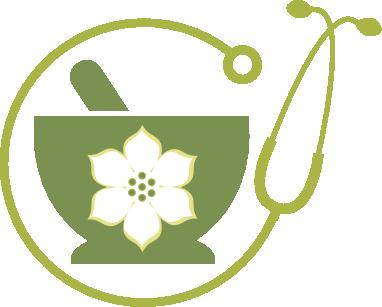
•28yearsclinicalexperience
•specializinginchronicissues
•compoundingherbaldispensary •featuring120+singleextracts+formulas
•locatedinWildwood clinic@toddcaldecott.com 778.896.8894

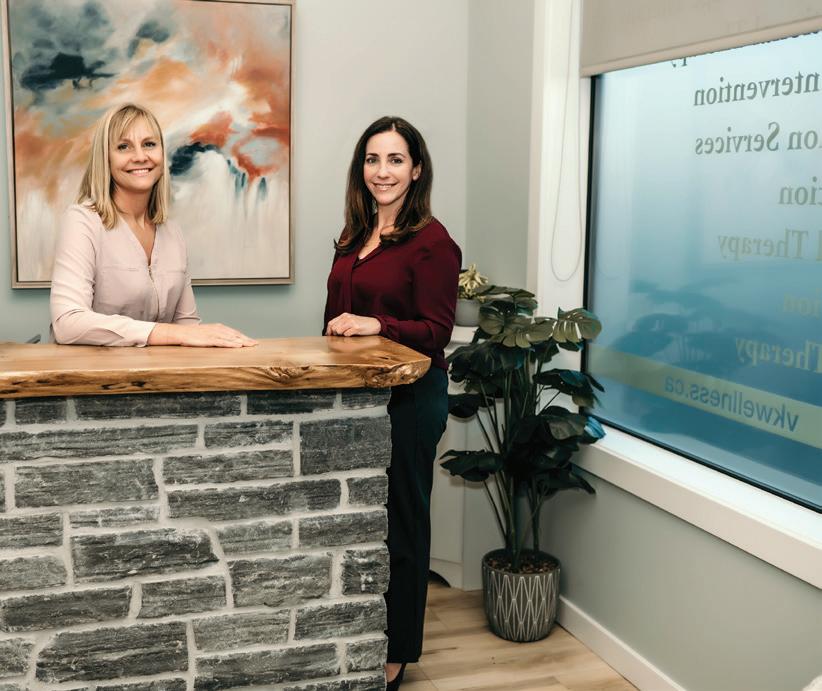
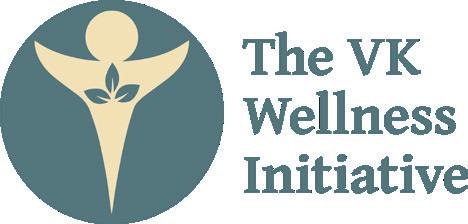
fosters a positive outlook.
• Social interaction. Participating in community activities, volunteering and maintaining regular contact with your loved ones can help reduce feelings of isolation.
• Professional support. If you experience persistent feelings of dread or sadness that interfere with your daily life, seek help. You can find valuable resources by reaching out to a helpline, joining a support group or talking to a health-care professional like a doctor or psychologist.
Listen to your needs and adopt these simple strategies for better mental health.
Mental health disorders and mental illnesses encompass a variety of problems that affect a person’s mood, thoughts or behaviours. Examples include depression, anxiety, obsessive-compulsive disorder, anorexia, substance abuse, schizophrenia and bipolar disorder.
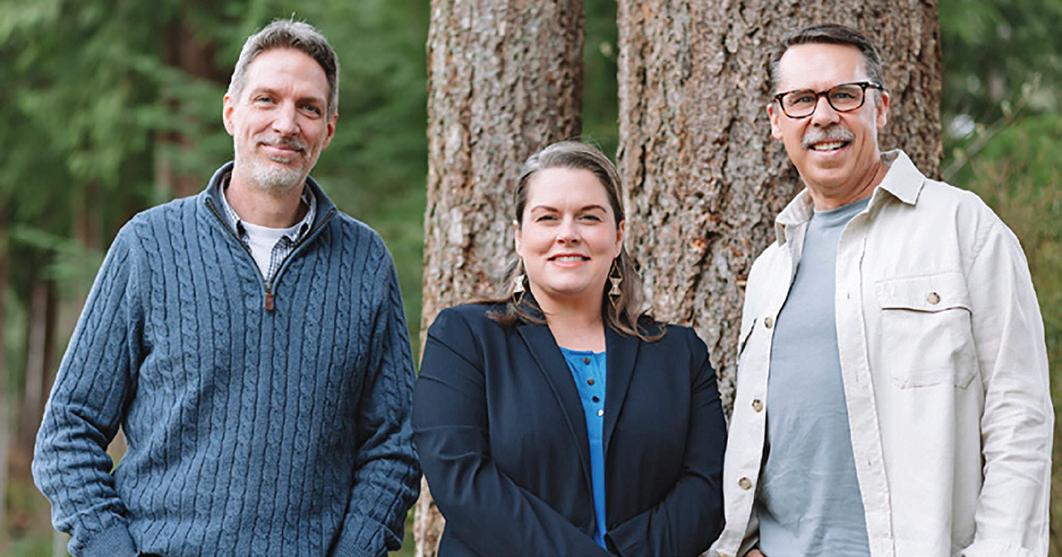
Rick Berghauser and his associates, Arnold Mulder and Laura Chan, master degree clinical counsellors, are
to see families and individuals both online and in person.
In person appointments, video counselling and telephone counselling sessions available.
